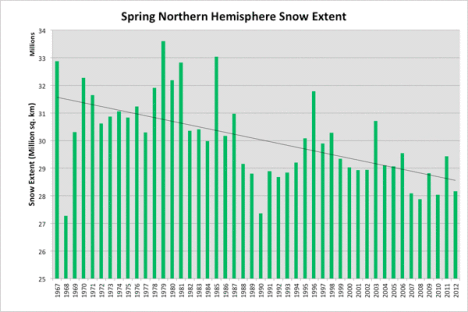 Have you ever watched dogs playing in a field of fresh snow? If you have, you've probably seen them sniff the surface, then perhaps pounce and bury their faces completely in the chilly powder. Our four-legged friends are using the instincts of their wild relatives, like coyotes and wolves, to track animals that are active even in the coldest part of winter.
Have you ever watched dogs playing in a field of fresh snow? If you have, you've probably seen them sniff the surface, then perhaps pounce and bury their faces completely in the chilly powder. Our four-legged friends are using the instincts of their wild relatives, like coyotes and wolves, to track animals that are active even in the coldest part of winter.
Because life under Summit County's snowpack continues, even when the surface of the snow looks smooth and unbroken, tiny critters underneath continue to search for food and move around. That's because snow is a great insulator. As little as 12 inches of snow can keep the ground near 32 degrees Fahrenheit, and while that may sound chilly it prevents the earth from freezing solid.Sometimes, the layer of leaves and grasses that is slowly decomposing helps generate a little extra heat, like a miniature compost pile. In that subnivean zone, there is a secret world of frozen insects and amphibians in quasi-hibernation, where small mammals scoot about eating bugs and fungi.
If you could see through the snow covering a field, you would see a criss-crossing network of tunnels and trails created by mice and voles. When the snow melts in the spring, those trails are visible as raised lines over upturned earth. Biologists who study these little critters say they appear to dig new tunnels each time there is a new snowfall, expanding their network while the snow is soft and fresh. Voles dig vertical shafts through the snow and keep them cleared throughout the winter, possible as escape routes or to vent the tunnel system.
“Underneath that homogenous blanket of snow is an incredibly stable refuge where the vast majority of organisms persist through the winter,” said Jonathan Pauli, a University of Wisconsin-Madison professor of forest and wildlife ecology and a co-author of a report that outlines how climate change is affecting the subnivean environment. “The snow holds in heat radiating from the ground, plants photosynthesize, and it’s a haven for insects, reptiles, amphibians and many other organisms.”
The tiny mammals may seem safer under the snow, but nature’s life and death drama continues during the winter months, as martens slip into the vole tunnels to hunt. On the surface, owls, foxes and coyotes trace their prey by listening, then pounce to try and catch a snack.
The small mammals also help prepare the way for spring growth once the snow melts. As they dig their tunnels, they're plowing up the earth, mixing some of the dead grass and leaves with the soil, creating a perfect environment for new seeds to sprout when sunlight once again hits the ground.
But since 1970, snow cover in the Northern Hemisphere has declined by as much as 3.2 million square kilometers during the critical spring months of March and April. Maximum snow cover has shifted from February to January and spring melt has accelerated by almost two weeks, according to a team of university researchers who set out to discover some of the ecological impacts of the loss of snow cover. You can track the decline of spring snow cover at the Rutgers Global Snow Lab web site.
“There are thresholds beyond which some organisms just won’t be able to make a living,” said Pauli. “The subnivium provides a stable environment, but it is also extremely delicate. Once that snow melts, things can change radically.”
For example, plants exposed directly to cold temperatures and more frequent freeze-thaw cycles can suffer tissue damage both below and above ground, resulting in higher plant mortality, delayed flowering and reduced biomass. Voles and shrews, two animals that thrive in networks of tunnels in the subnivium, would experience not only a loss of their snowy refuge, but also greater metabolic demands to cope with more frequent and severe exposure to the elements.
Filed in Environment |